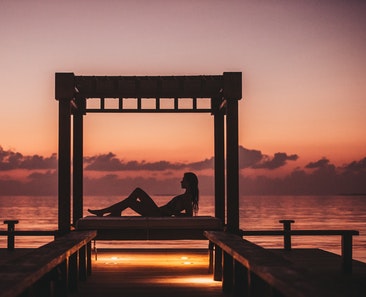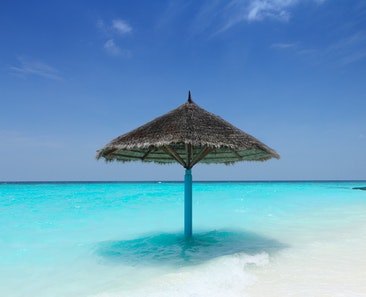Sassy Santiago
I have been meaning to write a little something about some fun, cool and thought-provoking things to do in Santiago. Et voilà:
11 things to do in Santiago

1. Plaza de Armas
Your explorations of Chile’s capital will likely begin at the buzzing Plaza de Armas, heart of the city since Santiago was founded in 1541. A name very reminiscent of conquistadors, isn’t it, Weapons’ Square? After Chile was liberated in 1817, it was renamed Plaza de la Independencia, but later reverted to Plaza de Armas. Go figure!
Interestingly, there is evidence of an ancient Inca settlement underneath Santiago, starting from this square.
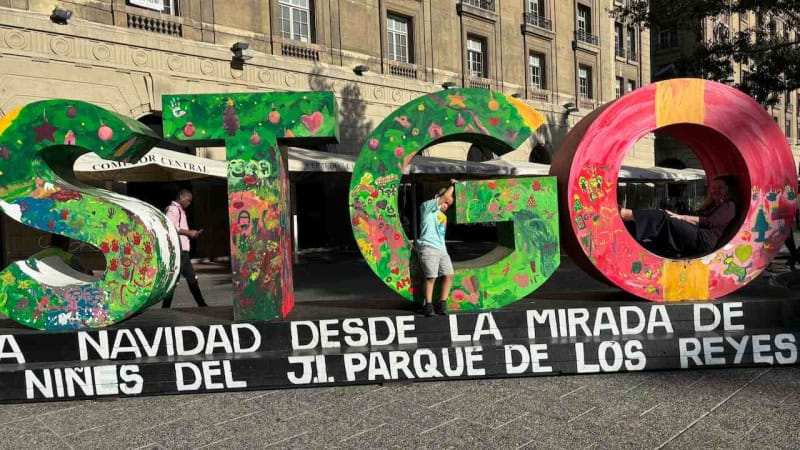
Pride of place on the square is the neo-classical Catedral Metropolitana de Santiago.



Middle photo: Municipalidad de Santiago (local government building), next to the former Palacio de la Real Audiencia, now the Museo Historico Nacional.
2. Santiago street art
The one thing I want to do in Santiago, is visit the Museum of Memory and Human Rights. It’s about a 30-minute walk along a long stretch of road from Plaza de Armas. On the way, we pass interesting works of art.


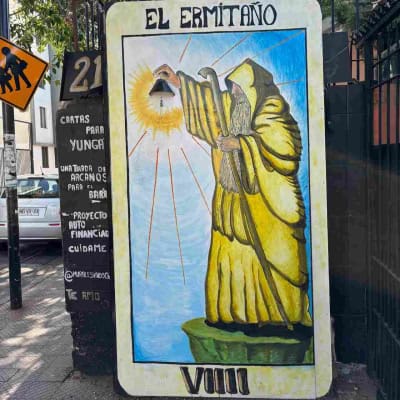

Valparaiso is probably the street art capital of Chile, but Santiago has a bit of it, as well. Lots of creative works can bee seen in the barrios Franklin, Brasil and Yungay, as well as Lastarria.
3. Museo de la Memoria e los Derechos Humanos (MMDH)

The Museum of Memory and Human Rights is a space designed to give visibility to the human rights violations committed by the State of Chile between 1973 and 1990; to dignify the victims and their families; and to stimulate reflection and debate on the importance of respect and tolerance, so that these events are never repeated. Promoting education and culture.
mmdh.cl

The Declaration of Human Rights near the entrance

‘We cannot change our past, only learn from what we have experienced. This is our responsibility and our challenge.’

More than 40,000 people were executed, tortured and/or disappeared during the Pinochet regime: activists, workers, students, anyone deemed subversive – or their family members, including young children.
Nunca mas!

The museum tells stories through letters, films, documents, a map of the 17 torture centres, photographs, written and spoken testimonies by survivors and families of those murdered. It’s a sobering and harrowing experience – and the most important thing I do in Santiago.
4. Casa de la Moneda: Chile’s Presidential Palace

On 11 September 1973, Casa de la Moneda was taken over, and the Popular Unity government of Salvador Allende was overthrown by the army in a USA-supported coup d’état. The CIA had plotted against Allende even before he was elected in 1970. Not the first time the USA was involved in regime changes in the region, of course. Even dictatorships were preferable to left-wing governments, never mind them being the result of free and fair elections, as here in Chile.
It is firm and continuing policy that Allende be overthrown by a coup. It would be much preferable to have this transpire prior to 24 October but efforts in this regard will continue vigorously beyond this date. We are to continue to generate maximum pressure toward this end utilizing every appropriate resource. It is imperative that these actions be implemented clandestinely and securely so that the USG and American hand be well hidden.
Office of the Historian
General Augusto Pinochet took charge, abolished the rule of law, and thus ended democracy in Chile. What followed for the people, were 17 years of intimidation and terror.
5. Sculpture of Salvador Allende

On the square outside La Moneda are sculptures of several historic figures. Deserving of an entry on its own, is Salvador Allende, the first democratically elected Socialist president in the Americas. On that fateful 9/11, he was ousted by the military and committed suicide. Probably.
6. La Pica de Clinton
Time for a break from all this seriousness.
Let’s go for a walk and have something to drink. A Diet Coke, perhaps? That is what one William Jefferson Clinton did one day in 1998.


One of Santiago’s quirkier things to do
7. Templo Bahá’í de Sudamérica
I am not religious, but if someone held a gun to my head and said you must choose a religion, I think I might go for the Baha’i. It’s practically all religions in one. Everyone, regardless of their religion or no religion, are welcome to reflect, meditate, pray, or just hang about in their 8 houses of worship around the world.
Each in their own way, the Baha’i temples are creative masterpieces of architecture; open, circular 9-sided structures, with lots of air and room to breathe. I have seen the lotus-shaped temple in New Delhi, and the one in Samoa, inspired by the local fale architecture. Of course I had to see the one in Santiago, now that I was here.


The Baha’i Temple is quite a ways out of town; we took an Uber.
The Baha’i temple of South America is the newest of the 8, and is shaped like a flower with 9 petals, all separated with glass to allow lots of light in. There’s also 9 entrances, 9 paths leading to the temple, and 9 fountains here. By now, you are thinking 9 is a special number to the Baha’i, no?
Here’s the explanation: 9 is the last single-digit number, and as such a perfect number. It is also a symbol of the 9 great world religions we know of: Baha’i, Buddhism, Christianity, Hinduism, Islam, Judaism, Shinto, Sikhism, Taoism.
8. Wander around the neighbourhoods and try a Pisco
Pisco is Chile’s national alcoholic drink (as well as Peru’s), and is usually served as a Pisco Sour. There are lots of other versions as well; I liked the one with berries.

Not technically a Pisco, but a bit of non-alco spicy scrumptiousness


Santiago is very walkable, with leafy pedestrian streets, cute cafes, shops indoors and outdoors (very good deals to be had), food markets (also indoors and outdoors), beautiful architecture, parks and green spaces. You would need a few days to properly explore all the barrios.
9. Food and fun in Barrio Lastarria
In Santiago, we have been staying on main street, Avenida Libertador General Bernardo O’Higgins, which is about as central as it gets. On our last night in town, our concierge recommends three restaurants in the Lastarria neighbourhood, practically around the corner.



This is Santiago’s bohemian barrio, with interesting, colourful architecture, street vendors selling handicrafts, old CDs and even older cassette tapes and vinyl records, clothes from independent designers and a surprisingly large selection of jeans, either from picnic tables or just laid out on the ground.



Restaurants, cafes and bars abound. His three foodie recommendations are Nolita, Mulato and Wonderland, three very different experiences, he assures us.

First, we have a look at Wonderland. It’s about to close when we arrive, but we are allowed in for a quick look.

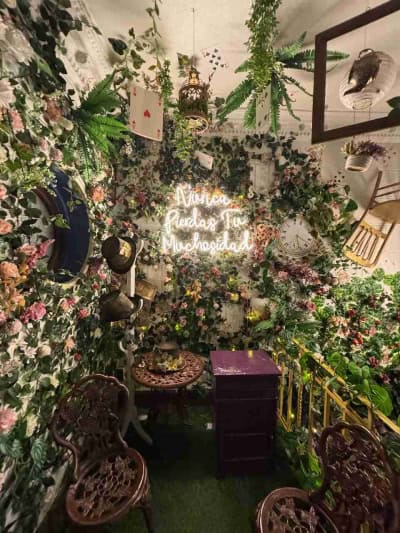


This restaurant is flamboyantly and beautifully decorated in an Alice in Wonderland theme, an all-round fun place. Would be fab for afternoon tea. Served in an Alice tea pot.

There is a shop on site, selling Alice stuff, not unexpectedly: clothes, shoes, bags, books, puzzles, quaint porcelain tea sets, pretty Bohemian glasses in all colours, and of course teapots.


Time for a late dinner, so we head to Nolita. A popular spot, it turns out. We are told it will take an hour or so to get a table, so we move on to Mulato, and I can recommend their merluza (hake).
10. Biblioteca Nacional de Chile
It is our last day, and we have a late afternoon flight. Enough time to have a closer look at our neighbourhood in daylight, especially two structures we see from the hotel room window.

The first is this imposing neo-classical building with all its arches and columns, which turns out to be the National Library of Chile. Excellent! A library is always a treat! La Biblioteca Nacional de Chile is impressive inside as well, with marble staircases, high ceilings with stained glass domes, sculptures and paintings… all the elements you would expect in a palace.


My favourite, though, is Sala José Toribio Medina. This venerable reading room, with antique furniture, ceiling paintings, a globe and beautiful wooden shelves with books, books, books! 40,000 of them!

If I ever decide to buy a mansion, it will have a room like this in it.
You can buy a tour of the building, though I don’t see why you would. It’s a library; entrance is free. DIY!
11. Cerro Santa Lucía
The second is this intriguing hill, to the right of the central library.

Cerro Santa Lucía is the remains of a 15-million-year-old volcano, a large vertical park, rising 69 metres above the city centre, with excellent views of Santiago and the Andes on the horizon. The colonising Spaniards used this hill as a lookout when conquering Chile.



Inside the gates are elegant facades, stairways and fountains. I am reminded of the magical village Portmeirion in Wales.

Neptune Fountain
Why Santa Lucía? Because the Spaniards conquered the hill on Santa Lucía’s day (13 December) in 1540. Never mind it already had a name, Huelito o heutrecan.
That aside, Cerro Santa Lucía is a lovely place for a morning wander before a very long flight home.



Hasta luego, Santiago!
Sassy Santiago is a post from Sophie's World


